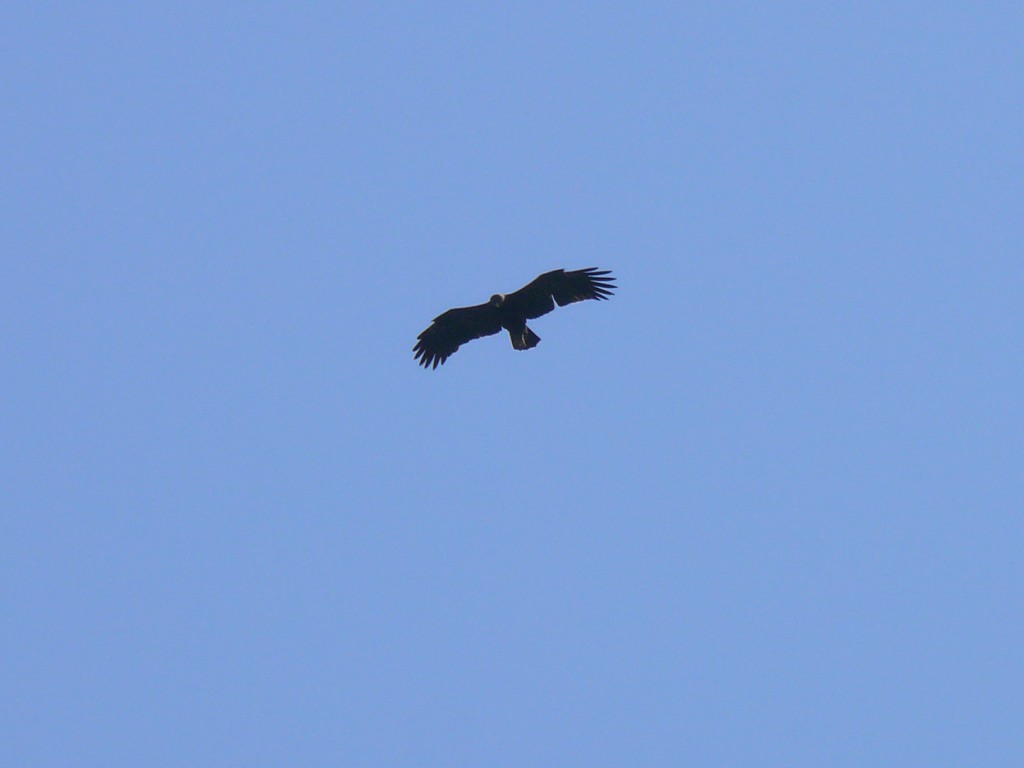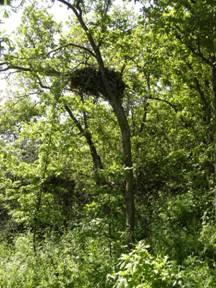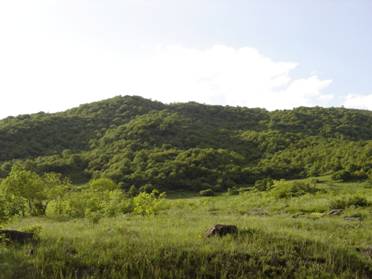The Lesser Spotted Eagle (Aquila pomarina) inhabits almost all deciduous forest regions of Armenia. Some fragmental data regarding distribution and abundance of the species were collected in different periods (Leister and Sosnin 1942, Dal 1954, Adamian and Klem 1999) and the breeding biology was studied on the pare in Khosrov Nature Reserve (Geylikman, Hunanyan 1975). Due to economic and energy crisis and following economic growth in Armenia from 1990-s until now the land use pattern and the forest management in Armenia was strongly altered. The mentioned factors might have a negative impact on the large forest raptor species since they are more vulnerable and sensitive to changes in their habitat. Considering that the following objectives were chosen for particular study: (1) to refine knowledge on distribution and abundance of Lesser Spotted Eagle in Armenia; (2) to study habitat preferences of the species; (3) to identify current and potential threats for the species.

Results
Based on the data collected during 1998-2007 it was possible to conclude the following:
1. Distances between neighboring nests are 14. 2 and 14. 3 km (based on 4 nests)
2. The average distance between the nest and limits of the hunting territory of a pair is 4. 05±0.39 km (n = 15, P<0. 05)
3. The average percentage of the forest cover within the species’ home range is 26. 07±3. 89 % (n = 15, P<0. 05);
4) There is a correlation between the percentage of forest cover within the home range and the distance from the nest to the limits of hunting territory of Lesser Spotted Eagle (RPearson = 0. 548, P<0. 017)
5) The correlation can be described by the linear regression model (R = 0.548, F=5. 581, P<0. 034).
Extrapolation of these data for the rest of appropriate species’ habitats in Armenia outcomes in the maximum possible population size of the species in the country, which preliminary can be estimated as about 48-52 pairs.
The species in Armenia is facing a number of direct and indirect threats, such as lack of enforced regulation in use of pesticides, poaching, human disturbance during breeding season and habitat loss.

The habitat of the Lesser Spotted Eagle.

Lesser Spotted Eagle’s nest on the oak tree.
Outcomes
1. The article regarding the subject was published. K. Aghababyan, V. Ananian, S. Tumanyan. 2008. To the Distribution and Abundance of Lesser Spotted Eagles in Armenia. // Research and Conservation of the Greater and Lesser Spotted Eagles in Northern Eurasia. Materials 5th Conference on Raptors of Northern Eurasia Ivanovo, February 4-7, 2008
2. Two amateur ornithologists (Sirnush Tumanyan and Tatevik Tamazyan) were trained in data collection and analysis and one of them, a student of Biological Department of Yerevan State University defended Master’s Thesis on the subject “To ecology of Lesser Spotted Eagles in Armenia”
3. The results of the project were used for the new edition of the Red Data Book of Armenia and would be useful for the future forest management planning and environmental assessment procedures.